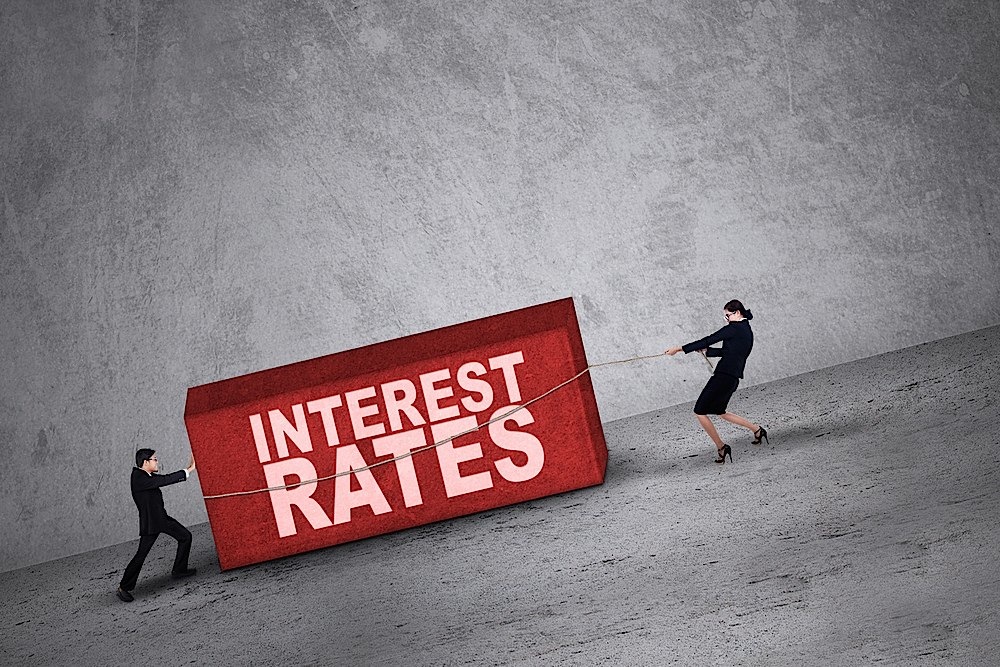Negatives rates appear to be increasingly likely in the US. How will it impact the real estate market?
The Fed’s decision to raise rates in December 2015 could prove to be blunder of the century if the US follows Japan and Europe into a new era of negative interest rates. The Fed had indicated four more rate hikes are coming in 2016, and in truth was under intense pressure to put on a show of confidence by raising rates last year. Since then, the stock market has been crushed; falling around 15 percent since mid-2015. New comments from the Fed claim that while nothing is off the table, they aren’t planning to dive rates into negative territory, yet. However, the massive wave of media attention this has generated may suggest otherwise.
Why We Need Negative Rates
The recent rate hike clearly didn’t help spur the economy. In fact; it appears to have caused the complete opposite. The main reasons for a negative rate policy is to spur lending, and consumer spending. Those two factors should in turn boost businesses, and stocks.
Some may have pulled back from buying and borrowing in 2016, believing that they missed the lowest rates. Though that isn’t necessarily the case. Bankrate.com reports that mortgage rates actually fell for the first 4 weeks of the year.
The main feature of negative rates is charging consumers and organizations for having their money in the bank. Instead of being rewarded for putting money in the bank you get penalized. That is supposed to make people spend what they have. Businesses may then also extend more credit as they really don’t want cash in the bank, which they’ll lose money on.
Of course many individuals would argue that we’ve already had the equivalent of negative rates for a while. Over the past few years the working and middle class have found that the extinction of free checking accounts, and mounting fees has quite literally resulted in negative rates and penalties for using bank accounts. What’s next would have to be even more serious penalties to motivate more affluent individuals to empty their savings and checking accounts to prop up the bonuses of stock brokers.
The Fallout of Negative Rates
The side effects we’ve seen from low rates already haven’t really delivered the desired effect for the Fed. Many have dropped their bank accounts and have opted for more innovative solutions such as prepaid cards and online banking and payment processing. A significant amount of capital that could have been used elsewhere has been spent on gold and guns. Low interest rates have interested borrowers, but they seem to have simultaneously deterred banks from lending. Plus, it doesn’t help banks if they don’t have deposits to loan out.
According to Bloomberg some foreign banks have used the opportunity to innovate and build client relationships. In Denmark banks have offset negative rates, and pay the costs on behalf of clients. In turn they get to write-off the expense. It’s unlikely we’ll see that type of service in the US, but it is possible.
Negative Rates & Real Estate
Nick Nelson of UBS suggests that individuals and investors should look to real estate during negative rate periods.
This purposeful pushing of investors out of entrenched retirement accounts and stocks, is already appearing to be creating more action in the real estate investment arena. This is made even more attractive with ability of individuals to use self-directed IRAs.
Frontline investors and landlords could certainly find this a great boost with low rate financing, and tenants tempted to pay rent far in advance to get cash out of their pockets and to avoid putting it in the bank.
Promoters of real estate investments are likely to be big winners too. Negative rates certainly dramatically lower the bar for promised returns. Double digits may be possible in real estate, but if stocks and cash mean losing money for sure, then a 4% to 5% ROI on real estate is an amazing deal. Many end investors may also be more than happy to defer receiving any gains, because they will have nowhere safer of more profitable to put it.
Negative rates may not come to the US. Yet, it is looking more likely that they will. Policy makers haven’t found balance yet, and may not. This only makes real estate investment more attractive, and could well boost returns and demand in the years ahead.






